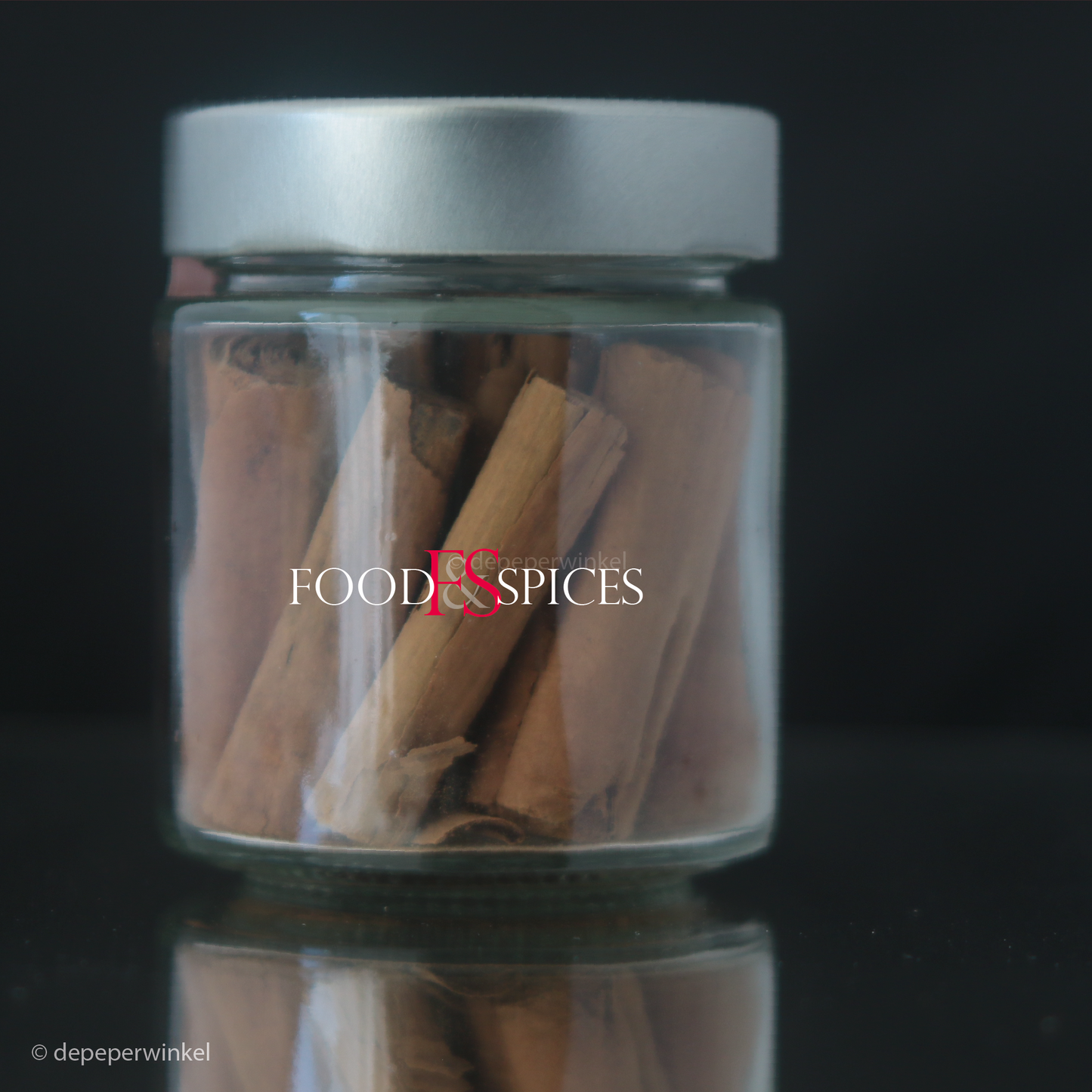depeperwinkel
Ceylon cinnamon sticks
Ceylon cinnamon sticks
In stock
Unable to load availability for pickup
Ceylon cinnamon is called 'true cinnamon', and rightly so, because that is the Botanical name. You can instantly recognize Ceylon cinnamon by its thin layers of bark, the way they're rolled, and its fantastic fragrance!
Ceylon cinnamon is the dried bark of a tree found only in certain humid, tropical regions, such as (formerly) Ceylon, now Sri Lanka. This cinnamon comes from the young shoots of the tree and has been carefully stripped of its woody layer. This cinnamon is therefore smooth and full of aroma.
Only the bark of young shoots is suitable for making cinnamon. For this purpose, the new, six-month-old shoots are cut down every two years and then peeled. The cinnamon tree has the ability to continually produce new shoots, allowing the bark to be harvested every few years.
The quality of cinnamon depends on the quality of the tree, the age of the shoots (the older the branches, the lower the quality), the peeling method, and the drying method. By removing the less aromatic, woody layers, the bark becomes more supple and overall more aromatic. Properly peeled bark contains 0.5 to 1% essential oil, cinnamaldehyde. Lower-quality Ceylon cinnamon is not only less aromatic but also more bitter.
The smaller pieces of bark are rolled into longer lengths, creating a meter-long roll. Only when this long roll has dried sufficiently are the "sticks" cut from it.
Ceylon cinnamon represents only a small portion of total cinnamon production, which consists primarily of the thicker, less aromatic bark of other cinnamon cultivars (cassia). The best Ceylon cinnamon comes from Sri Lanka and Madagascar. Much ground cinnamon comes from Indonesia from the Cinnamomum burmanii or korintje, a name you'll rarely encounter on packaging.
Usage
Cinnamon is used in sweet and savory dishes and is an ingredient in many spice blends, including ras el hanout and speculoos spices. Common uses for cinnamon include desserts and baked goods, from cookies and cakes to bread.
By using cinnamon sticks instead of powder, the dosage of cinnamon can be easily adjusted to the desired taste, because the stick can be removed during preparation, similar to a bouquet garni or a tea bag.
Features:
- 100% rolled bark of the Cinnamomum verum
- origin: Sri Lanka (formerly Ceylon)
- from organic cultivation
- various diameters, stick length approx 8 cm - average 5 grams per piece
Assortment
- only available in stand-up pouch
- larger quantities on request
Gift wrapping
- The jar is available in a tasteful gift packaging, consisting of a cube box filled with black tissue paper.
- For an overview of our gift packaging, please refer to the section gift wrapping
Health
Ceylon cinnamon contains relatively little coumarin, which makes the sweet notes predominate, and the slightly bitter undertone typical of cassia is absent. Ceylon cinnamon powder also contains very little coumarin.
Coumarin is an aromatic substance that inhibits blood clotting and in exceptional cases can cause liver damage.The European Food Safety Authority (EFSA) has banned the addition of synthetically produced coumarin to foods and set a maximum tolerable daily intake (TDI) of 0.1 mg per kilogram of body weight per day for natural coumarin.
Cassia contains 20 to 400 times as much coumarin as Ceylon cinnamon (0.017 grams per 100 grams).
General advice
- store cinnamon in a dark, dry and cool place
- the expiration date is an indication
- best before September 2027 (09-2027)
- cinnamon sticks cannot be frozen
Special question?
The cinnamon sticks come in various diameters. Would you prefer thick rolls (easy to portion) or thin ones? Feel free to ask us.
Batch number
The batch number helps us track which batch an item originates from. It's listed on the packing slip and invoice.
Share







